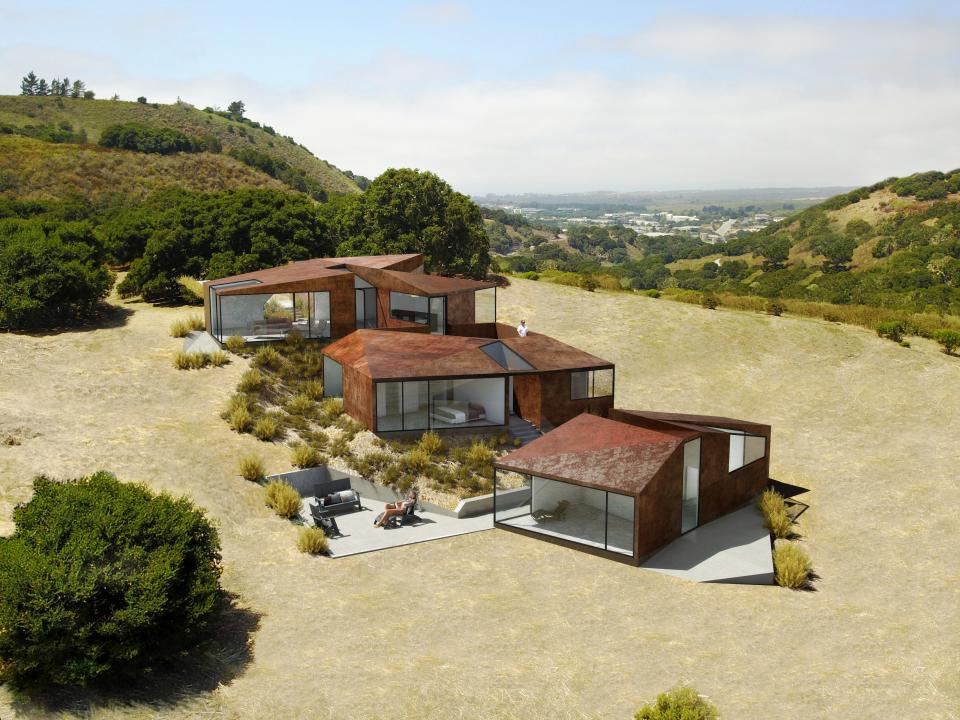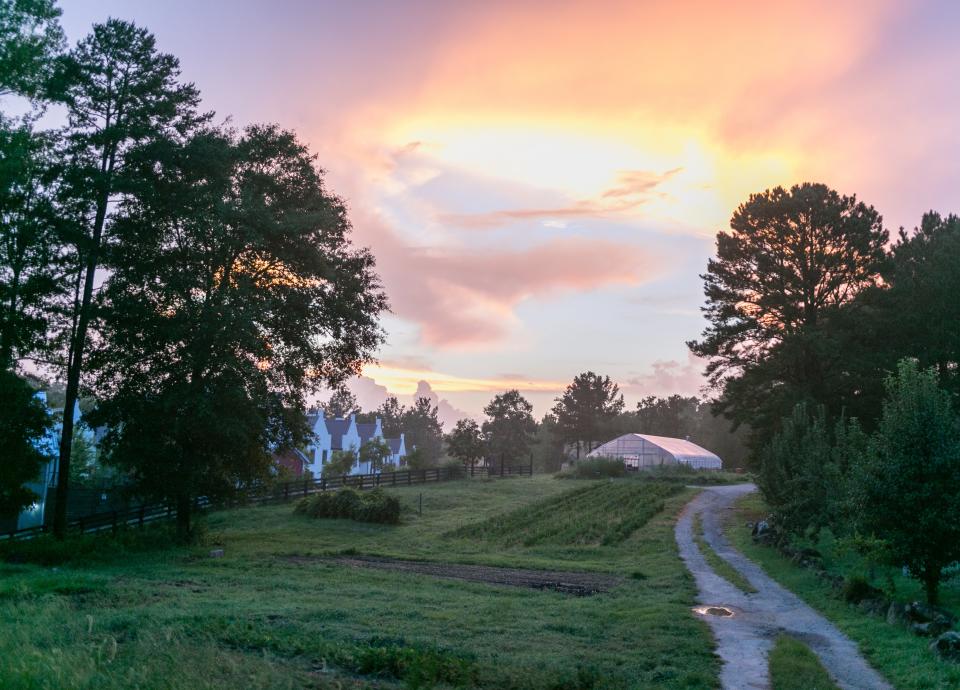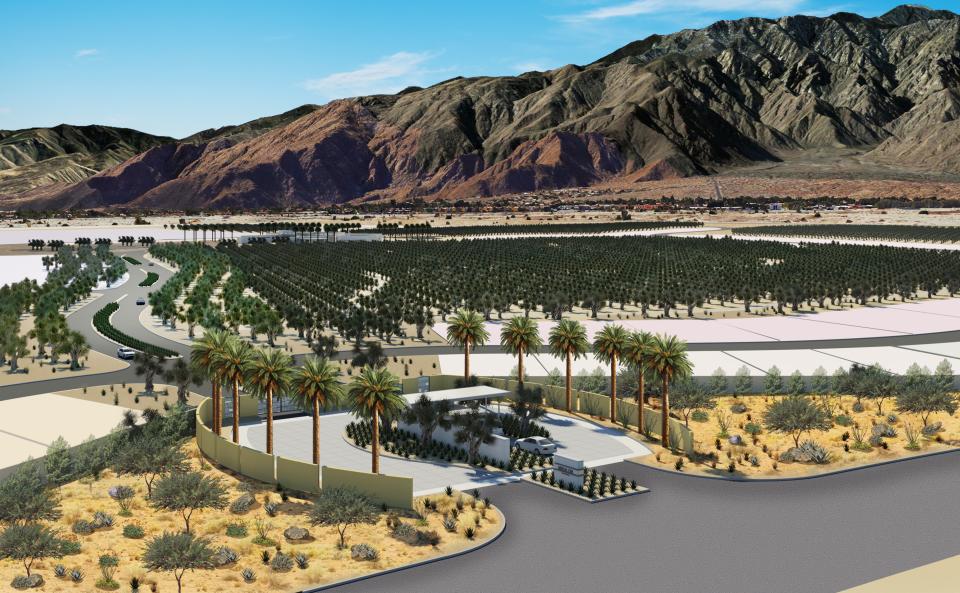Inside the “Agrihood” Residential Real-Estate Boom
One of the first things Signature Group Investments president and CEO Nick Jekogian did after buying 600 acres of land on an unspoiled, tree-covered hillside overlooking California’s Monterey Bay was to pitch a tent. After a few nights spent under the stars, he says, “I realized that the property had a profound effect on me. Being surrounded by 200-year-old trees and the wonders of nature put so many things in perspective. It was really healing, almost euphoric.” He found himself less dependent on his iPhone and the chaos of business, and he knew plenty of others who could benefit from the same. That was the inspiration for Walden Monterey, named after Thoreau’s Walden, SGI’s in-progress community of 22 homes each built on 20 acres of land. Here, the views of centuries-old oak trees are as valued as those of the water; the Zen meditation garden serves as something of a town square.

Walden Monterey is part of a new trend of residential communities that prize nature, space, and a certain polished rusticity over traditional luxe amenities and flash. A sort of next-level way to do farm-to-table, these “agrihoods” are popping up around the country and aiming to influence not just how you eat but how you live. Some are actually built around working farms, such as Virginia’s Village at Warm Springs Farm, where cows and sheep are grass-fed among 35 “rustically charming” cottages and residents dine at the Milk House Market, a (farm-to-table) gourmet eatery; Serenbe, in rural Chattahoochee Hills outside Atlanta, which has a 25-acre organic farm and edible landscaping, like blueberry bushes along paths and sidewalks; and Kohanaiki, a private club community on the Big Island of Hawaii, where residents can wander into the organic garden to pick an avocado for the morning’s toast or fresh limes for that night’s margaritas. But the broadest definition of the term includes any community with an emphasis on sustainable, protected outdoor space—a reflection of the latest spin on luxury, which is more about how you spend your time than how you spend your money.

View More: http://jashley.pass.us/serenbe-farm
“While golf enthusiasts will still gravitate to golf course communities, many homeowners are seeking open-space uses that both enhance the aesthetic experience and provide a functional means of partaking in that open space,” says Brad Shuckhart of Freehold, the developer of Miralon, a 300-acre Palm Springs community that was originally conceived as a luxury golf club before the plan was scrapped in favor of planting 300 acres of olive trees. That’s the same line of thinking that inspired the developers of Splinter Creek, an in-the-works community near Oxford, Mississippi, to turn a 650-acre piece of land originally purchased as a timber investment into a 26-home community of simple timber-framed homes designed to blend seamlessly into the surrounding pine forests. In addition to the Zen garden, Walden Monterey will feature a trail system, a treehouse for kids, and an outdoor communal farm table built from fallen trees found on the property. The community is also planning a visiting-artists program, and a fellowship program designed to help educate residents on nature and sustainable systems.

At Miralon, meanwhile, partially-built golf-cart roads were turned into 6.5 miles of hiking paths; never-used tee boxes mark dog parks. Residents of the 1,150 midcentury-modern-inspired homes, all of which come with solar panels, will be treated to olive oil fresh-pressed on site. But Shuckhart points out that the focus on nature doesn’t come at the expense of good design; in fact, he insists, nature is good design. “Classic midcentury homes were designed specifically to embrace the natural environment,” says Shuckhart. “We offer owners the ability to interact directly with spaces that will provide both extraordinary views and, ultimately, food for the family table.”

